Stop the Stink: Master Pig Farm Disinfection
Introduction: When Smell Becomes a Situation
Let’s be honest—pig farms can smell wild. We run a tight ship at Shandong Shine, but even we’ve had days where the funk felt personal. If you’re raising pigs and not disinfecting properly, you’re basically giving germs a VIP pass.
That’s where Pig Farm Disinfection becomes more than a chore—it becomes survival. And we’ve learned that doing it right saves pigs, people, and profits.
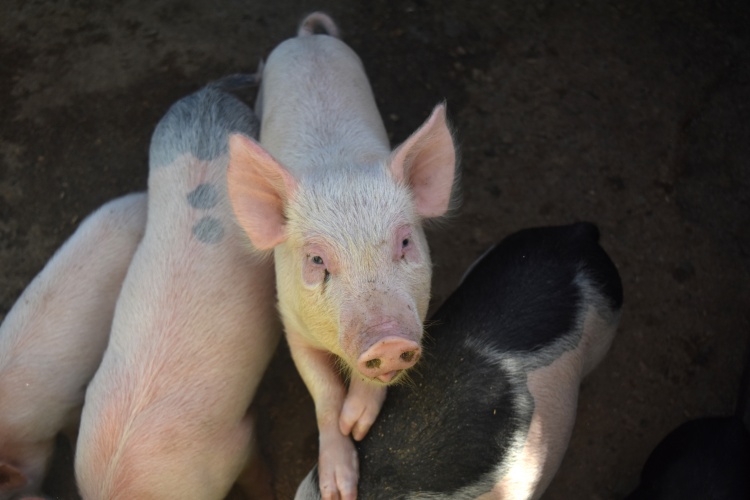
Why Pig Farms Are Germ Paradise
Pigs roll in everything. They sweat, slobber, and sneeze all over contact surfaces. Without regular cleaning, you get:
· Bacteria explosions on floors and gates
· Viruses clinging to feeding tools
· Mold living rent-free in dark corners
Those aren’t cute barn stories. They're warnings. We’ve watched minor infections spiral into herd-wide illnesses that hurt both animal health and business.
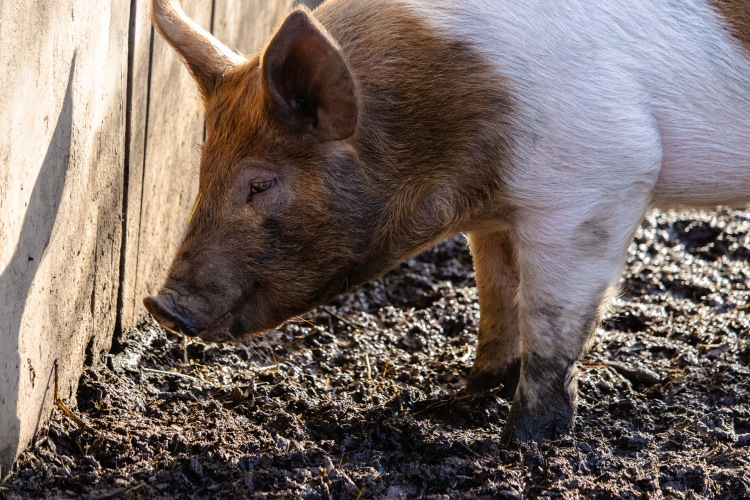
Our Secret Weapon? HOCl
We discovered hypochlorous acid when hunting for something strong but safe. Our Shine HOCl Generator Machine produces this powerful solution on-site. Unlike sodium hypochlorite, HOCl doesn’t need gloves and goggles. It kills germs with lower toxicity and doesn’t corrode surfaces.
We love it because:
· It doesn’t irritate pig skin
· It works fast on feces and blood
· It doesn’t stink like bleach
And most importantly—it saves us money by avoiding harsh chemicals and drug administration later down the road.
🧼The Shine Cleaning & Disinfection Checklist
Here’s how we do it every day:
🚿 Step 1: Dry-Clean All Visible Gunk
Before disinfectants can shine, we scrape out bedding, dung, and feed mush. Think shovels, not sprays.
🌊 Step 2: Power-Wash Every Surface
This removes lingering dirt and biofilm. Walls, troughs, gates—even the light switch.
⚗️ Step 3: Apply Disinfectant Solution Generously
We rotate between:
· HOCl from our generator
· Quaternary ammonium for specific pathogens
· High-dilution sodium hypochlorite when needed
We use spray guns to cover floors and ceilings. And yes, we coat the fans. Germs love hiding there.
⏱️ Step 4: Let It Sit (No Rushing!)
We give disinfectants at least 30 minutes—longer for high concentrations. Don't wipe too soon, or it’s just wasted effort.
🔁 Step 5: Repeat After Downtimes
After pigs move out, we deep-clean stalls before restocking. Always.
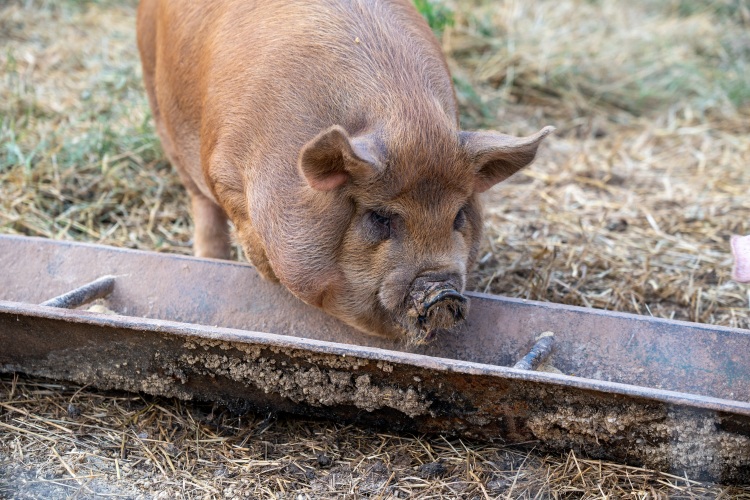
The Battle Zones: Where Germs Hang Out
We've noticed the same areas need constant attention. These are the sneaky spots where bacteria throw house parties:
· Water nipples
· Feed pans
· Door handles
· Breeding crates
· The floor corners
If we skip even one, we risk spreading disease to the whole group. That’s why our workers carry spray bottles with HOCl, even for short tasks.
When Things Go Wrong (And They Do)
One winter, we skipped a round of disinfection after a snowstorm delayed delivery. Within a week, we had pigs coughing, sneezing, and refusing feed. We had to use antibiotics—not ideal. Since then, we've enforced strict cleaning and disinfectant product use after every weather hiccup.
Tools of the Trade: What Works, What Fails
We’ve tested everything, and here’s our verdict:
✅ Hypochlorous acid: Gentle and effective
✅ Quaternary ammonium: Excellent for viruses
✅ Sodium hypochlorite: Only for non-metal surfaces
✅ Hot water pressure washer: Loosens grime better
❌ Mops: Spread filth instead of removing it
❌ Air fresheners: Mask smell, don’t fix problems
Human Factors: The Make or Break
No matter how great your disinfectant is, if the team doesn’t care, it won’t work. We train every worker on:
· Proper disinfectant solution ratios
· Spraying technique
· Equipment cleaning
· Monitoring for symptoms in pigs
We’ve also made reporting easier with mobile checklists. Trust me, when everyone feels like part of the process, things improve fast.
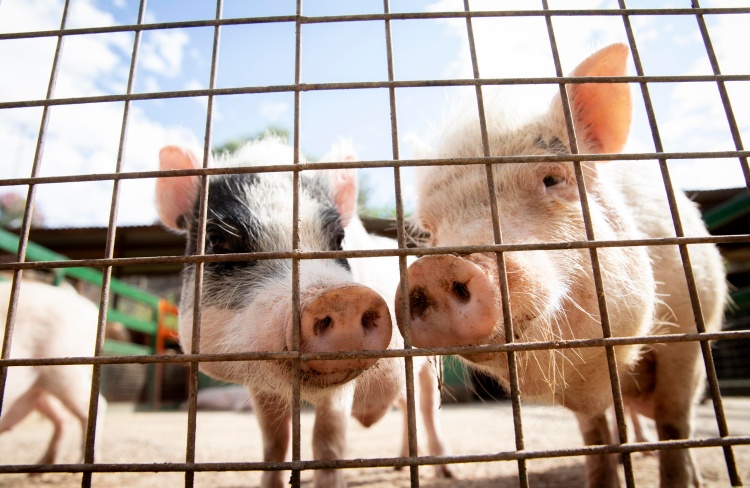
Why We Switched from Bleach
Bleach made our eyes burn. It also rusted our feeders. When we compared it with HOCl made by the Shine HOCl Generator Machine, the choice became clear. HOCl does the job with less damage, and pigs seem less stressed around it.
We use the machine three times a day to keep a fresh batch ready. It’s become part of our rhythm like morning feeding and checking temperatures.
Timing is Everything
Disinfecting at the wrong time is like brushing your teeth before eating cake. Here’s what we learned:
· Before piglets arrive? Clean hard.
· Mid-growth phase? Spot clean weekly.
· After shipping pigs? Go nuclear.
During periods of time when pigs are absent, we deep-clean the entire facility, including unused rooms.
Mistakes to Avoid (We’ve Made Them All)
Let’s save you some headaches:
❌ Don’t mix disinfectants
❌ Don’t skip pre-cleaning
❌ Don’t store mixed solutions for more than a day
❌ Don’t forget the ceiling (yes really)
❌ Don’t ignore smell—it means something’s growing
Benefits We Can’t Ignore
Since committing to proper pig farm disinfection, we’ve seen:
· 35% drop in respiratory illness
· 50% fewer vet visits
· Better feed conversion
· Less downtime between pig batches
Even our neighbors noticed the smell dropped. That’s a win in rural life.
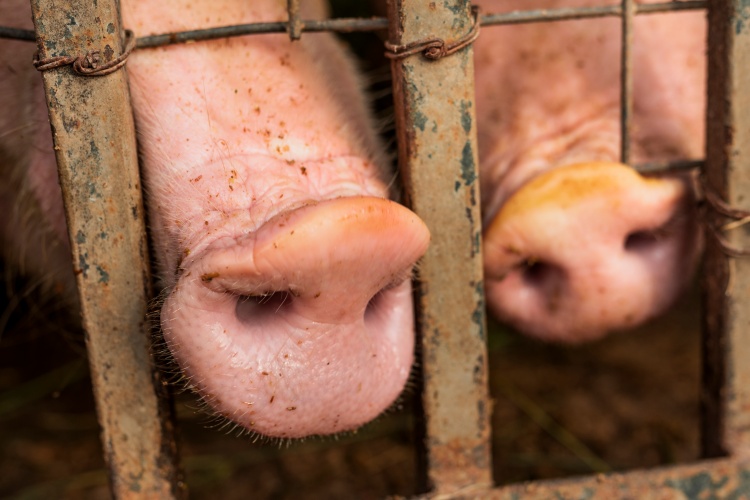
Let’s Wrap This Up
Disinfecting isn’t glamorous. You won’t see it on Instagram. But it’s our most powerful weapon against loss.
With the Shine HOCl Generator Machine, we get reliable results without side effects. And when pigs thrive, so do we.
You’ve got the knowledge now. Time to roll up those sleeves and make those stalls sparkle.
FAQ: Quick Answers to Big Questions
Q1: What’s the best time to disinfect a pig pen?
After pigs leave or before piglets arrive—always clean when stalls are empty.
Q2: Can I use HOCl around piglets?
Yes. It’s safe for newborns and won’t harm skin or eyes.
Q3: How long does HOCl stay active?
About 7 days if stored sealed and dark. Make fresh often.
Q4: Can I mix HOCl with quaternary ammonium?
Nope. Use them separately to avoid dangerous reactions.
Q5: Does disinfection remove parasites?
It helps prevent spread but won't remove them all—pair with vet treatments.
Q6: Can I spray HOCl on feeding areas?
Yes, but rinse if pigs eat directly off surfaces.
Q7: How often should I deep-clean?
Every 3-4 weeks, and always between pig groups.
Q8: Is sodium hypochlorite cheaper?
Yes, but it’s harsher. Over time, corrosion will cost you more.
Q9: Do I need special PPE for HOCl?
Nope. Regular work gear works fine unless you’re sensitive.
Q10: Will disinfecting stop disease entirely?
Not always. But it drastically lowers risk and spread.
